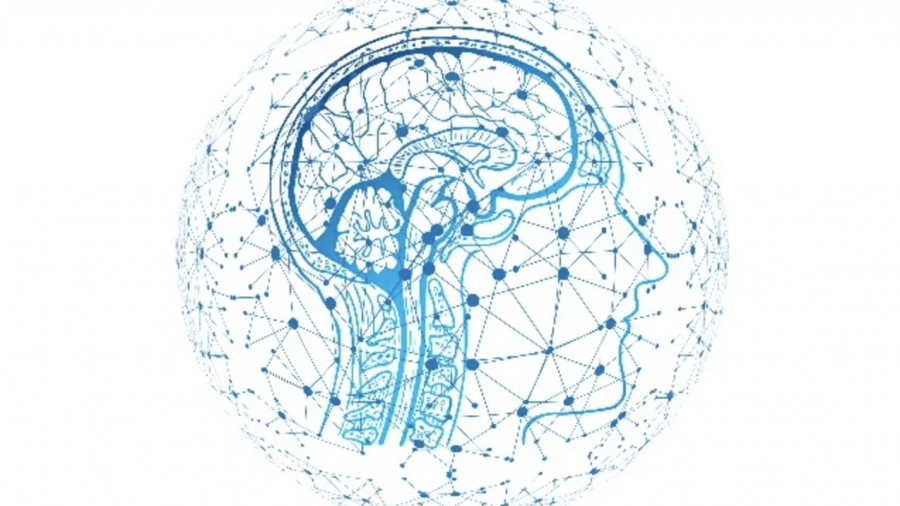Neuralink and the Promise of Brain-Machine Interfaces
On August 28th, 2020, Neuralink, a brain-machine interface start-up company founded by Tesla’s CEO Elon Musk, showcased a prototype of a new implantable brain chip working inside the head of a pig called Gertrude. During the live-streamed presentation, the subject, whose chip had been implanted two months earlier, moved around her pen, going about her business, while real-time signals coming from the implanted device were made audible to observers. The coin-sized chip was connected to neurons in Gertrude’s snout so that any time it made contact with anything, neural spikes would be sent out and detected by the 1,024 thread-like electrodes attached to the implant.
The device placed inside the pig is a brain (or neural) implant that directly interacts with a living subject’s neurons — the specialized nerve cells which constitute the most fundamental elements of the brain. Neurons connect at certain points called synapses and communicate with each other via systematic electrical signals. Neural implants are designed to modulate this process and can have a wide range of biological and medical applications, including sense enhancement, memory, and motor functions among many others.
The latest model of the Neuralink device would be embedded into a human skull, the wires extending down into the brain. It would be capable of recording (and generating) electrical signals produced by neurons — in the same way as was shown in the demonstration with Gertrude — and could eventually be used to restore limb function in victims of paralysis, enhance physical movement, and solve vision and hearing impairments.
The purpose of Neuralink, according to Musk, is to “solve important spine and brain problems with a seamlessly implanted device.” The company’s goal in the longer term is to do what the tech entrepreneur described in Neuralink’s launch event last year as achieving “symbiosis with artificial intelligence.” There is still much work to be done on the project before it can be used effectively in humans, a notable one being finalizing what the surgical procedure to implant the chip would look like. The device must also be proven innocuous to brain tissue and shown to be able to withstand the human body’s corrosive conditions. Nevertheless, many have acknowledged the company’s work as showing great potential, and it has received the designation of “breakthrough device” by the U.S. Food and Drug Administration (FDA).
This is one of several efforts that have been and are currently being conducted in the field of brain-computer interfaces, including some that are also in the testing phase. The California-based company Kernel is working on the development of a device worn as a helmet that would use a non-invasive approach to monitor brain signals. Moreover, the future prospects of this developing technology appear to reach far beyond medical applications. Many of the companies working on implant tech believe that there is a considerable chance that it will eventually find use in the general population, not just the disabled.
The implications of a commercialized brain chip would be numerous to the extent that it is difficult to begin to predict what may become of the widespread integration of brain-machine interfaces into society. Data gathering on the brain will likely reach greater heights than ever before. They may be the path to enhancements significant enough to surpass our current biological limits. Theoretically, the technology even has the potential of allowing for mere brain signals — thoughts, essentially — to fully control external devices through a wireless connection.
Excitingly, our generation will likely be the one to experience the impact of this innovation in full swing. Assuming the challenges faced throughout the development of brain-computer interfaces are overcome, humanity could be approaching a climacteric in its advancement that will be a defining factor of what is to come.
Sources: CNET, CNN, Scientific American, IEEE Spectrum, The Guardian

This is Ale’s fourth and final year writing for The Talon, for which he is now the Art Editor. He started the second semester of 9th grade – his first...











